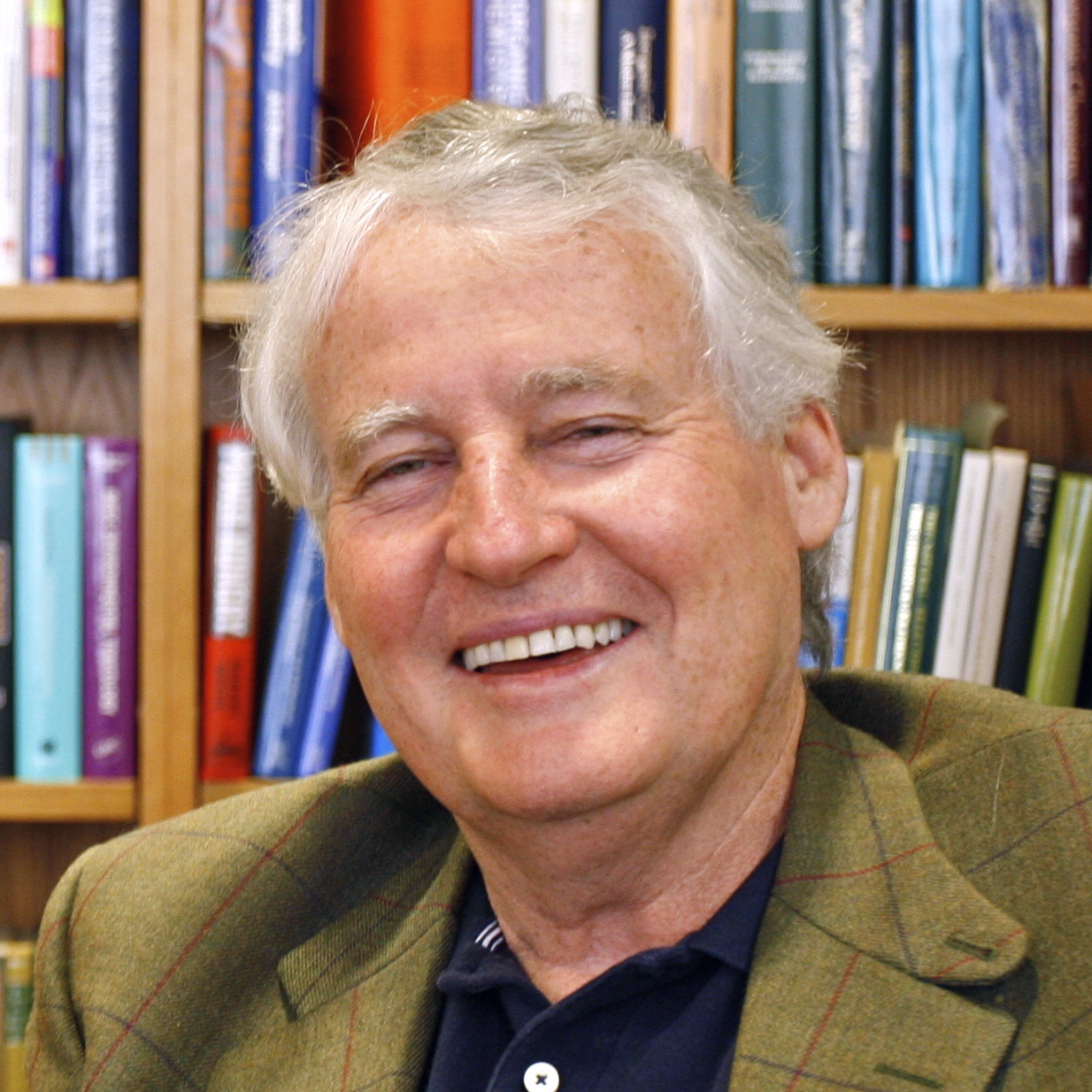
Terrence Collins
Teresa Heinz Professor of Green Chemistry, Chemistry
Director, Institute for Green Science
Bio
A champion of green science, Terry Collins has been recognized internationally for his invention of a new class of oxidation catalysts with demonstrated potential for enormous, positive impact on the environment. Collins earned his undergraduate and doctor’s degrees from the University of Auckland. He learned of the insidious health damage caused by chemical pollutants of anthropogenic origin in his native New Zealand and created an iterative catalyst design program to explore whether he could develop environmentally benign and cost-effective technologies to avoid or destroy the pollutants. Collins and his fellow researchers have developed a higher efficiency TAML-based oxidation process that can now be used to avoid and eliminate pollutants and pathogens in water.
Education
- Ph.D., University of Auckland, 1978
Projects
DESIGN OF GREEN OXIDATION CATALYSTS
We design homogeneous oxidation catalysts to activate the natural oxidants, hydrogen peroxide and oxygen. By following an iterative design protocol, we have developed TAML activators with iron as the active metal that are outstanding peroxidase mimics, but are only about 1% the size of the enzymes. Peroxidase enzymes are distributed widely in nature and activate hydrogen peroxide to oxidize organic substrates. We are continuing to develop our insight into how to control catalyst lifetime, reactivity and selectivity via ligand design and are producing new peroxidase mimics with targeted reactivity features. Students learn to design high performance oxidation catalysts and to apply synthetic organic and inorganic chemistry to enable their design work.
MECHANISMS OF ACTION OF GREEN OXIDATION CATALYSTS
In water with hydrogen peroxide (or some other oxidizing agents), TAML activators produce exceptionally strong oxidizing systems that generally perform rapidly and are capable of large turnover numbers. The reaction chemistry is usually highly efficient in hydrogen peroxide use and appears to be primarily non-radical in nature. We design ways to kinetically isolate the various steps in the complex catalytic cycle and then measure the rate behavior as we work to construct a full quantitative picture of the catalysis. Students learn how to perform kinetic studies on complex catalytic systems including stopped-flow and conventional techniques.
DEVELOPING POTENTIAL APPLICATIONS OF GREEN OXIDATION CATALYSTS
TAML activators do their catalytic work at remarkably low concentrations, low micromolar to nanomolar. By using design understanding informed by mechanistic insight, we have been able to produce variants that oxidize many pollutants in water over a wide range of reaction conditions. The list includes persistent chlorinated phenols, natural and synthetic estrogens, active pharmaceutical agents, dyes and colored lignin fragments, chemical warfare agents, persistent explosives residuals, pesticides, and colored and smelly pollutants from the pulp and paper industry. High performance disinfection of hardy pathogens including bacterial spores and clostridia has also been discovered. Students learn how to follow these processes using a range of analytical techniques.
Collins talks about using green chemistry to clean water.